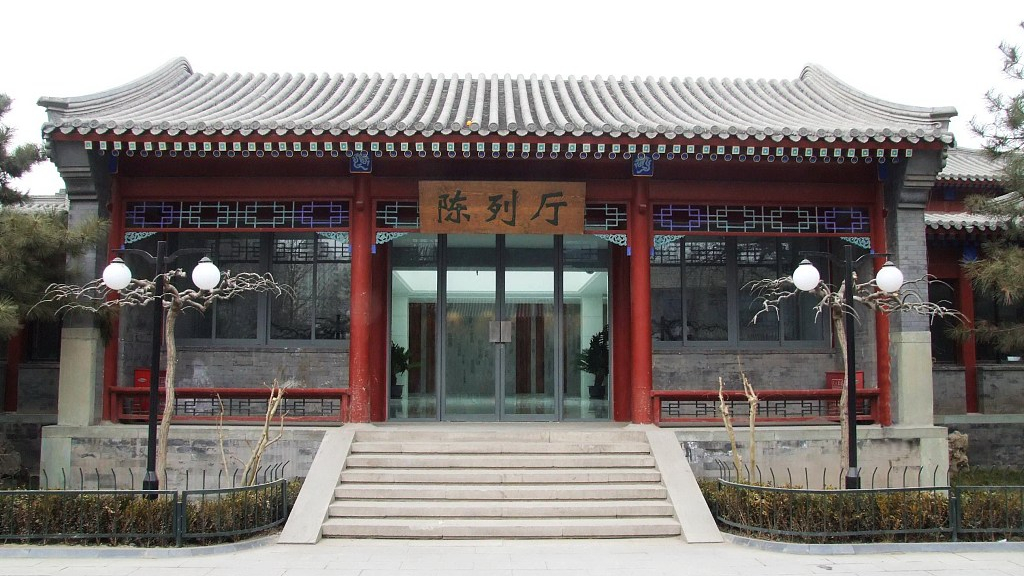

An exhibition of water and land ritual paintings is on display at the Beijing Luxun Museum, featuring such masterpieces as the "Samantabhadra," the "Ratna-sambhava" and "Skanda."
The works have all been created by famous artists and aim to let more people appreciate the unique charm of the traditional art.
Water and land paintings are images with specific connotations that hang during meetings of the Liberation Rite of Water and Land, which originated in the Emperor Wu of Liang period (464-549).
After the Song Dynasty (960-1279), the rite was integrated with traditional Chinese folk culture through the efforts of monks. It became popular and had a far-reaching influence on Chinese painting art and social customs.
Legend has it that famous painter Wu Daozi of the Tang dynasty (618-907), once painted Water and Land Ritual paintings, but no one has ever seen it.
The Water and Land Ritual paintings handed down now are represented by Baoning temple in Shanxi, North China, which were drawn by court painters and combined with the styles of folk paintings.
It is not only an important representative of Chinese traditional painting, but also a treasure house for understanding social customs and lifestyle at that time. The 136 items on display are the only existing Water and Land Ritual paintings in China.
Water and Land Ritual paintings were included in the national representative list of intangible cultural heritage in 2014.

Copyright © 2018 CGTN. Beijing ICP prepared NO.16065310-3
Copyright © 2018 CGTN. Beijing ICP prepared NO.16065310-3